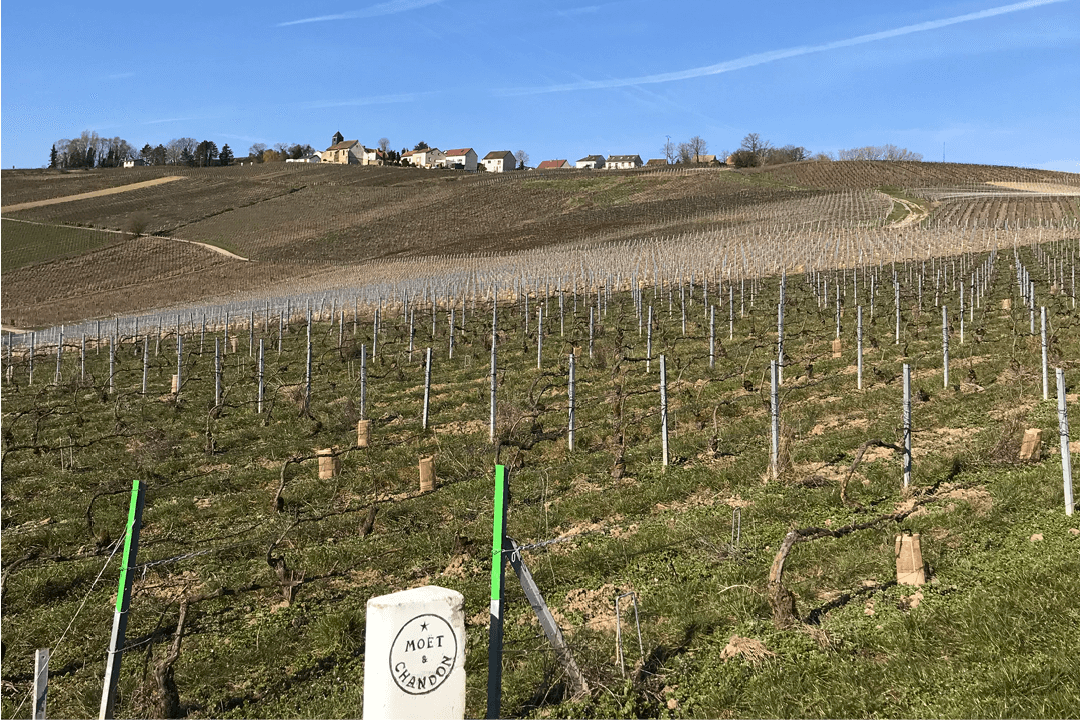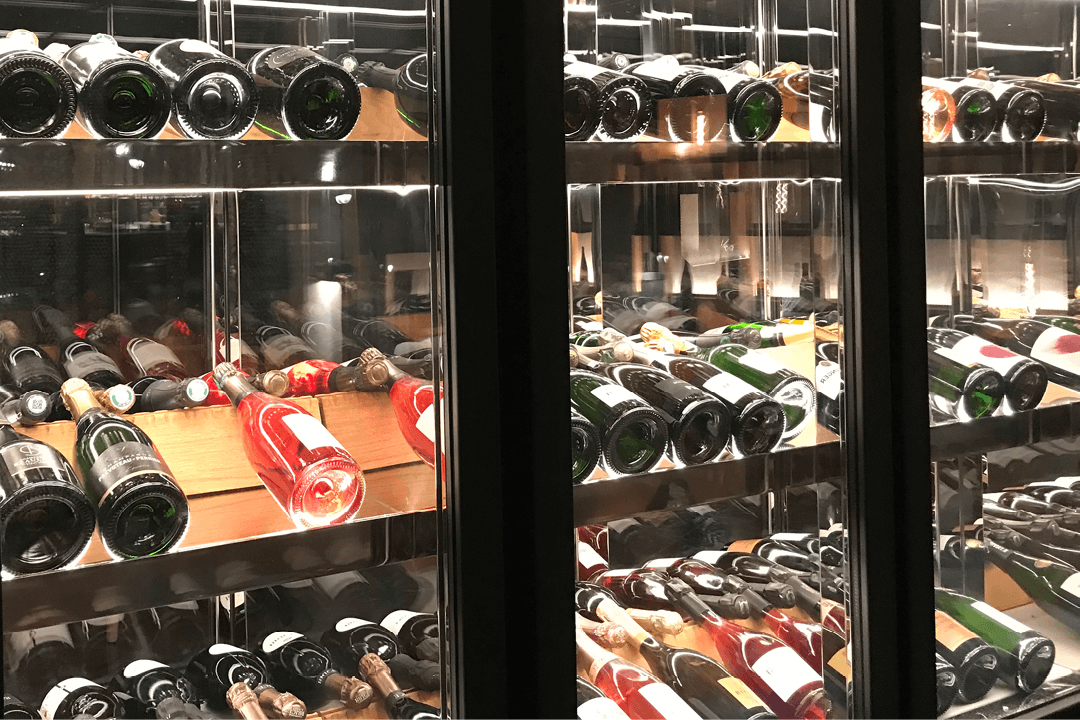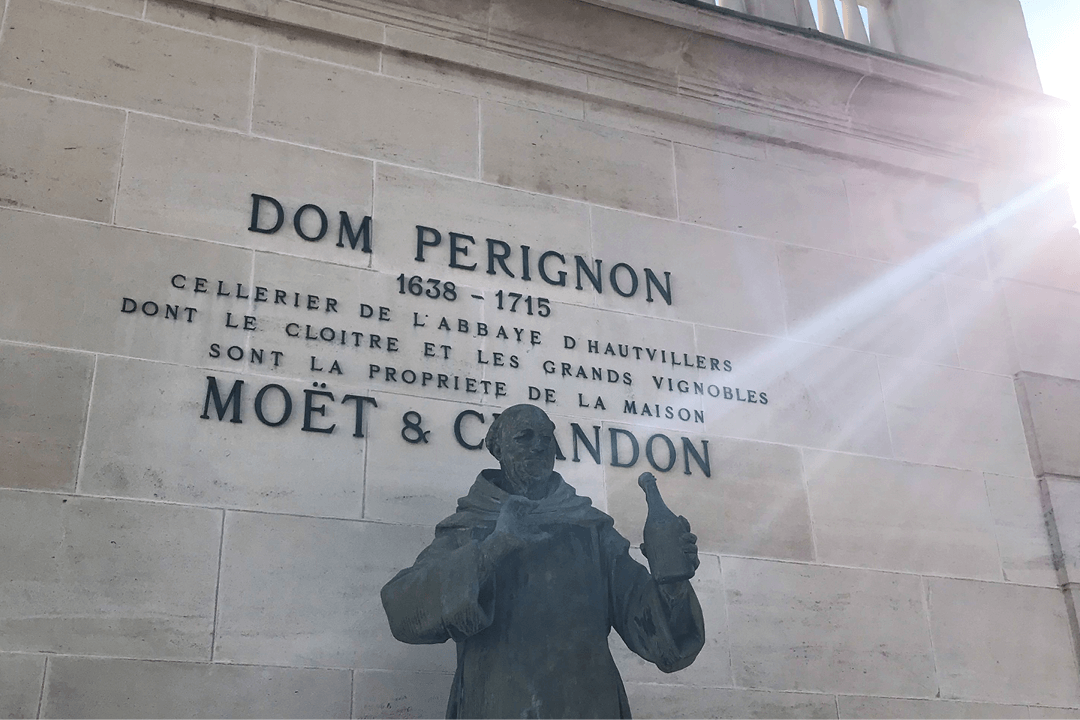TEST NOW TO FIND YOUR FAVORITE CHAMPAGNE
The world of champagne is so diverse and the search for your favorites is a wonderful pleasure trip in itself
Champagne for everyone and for special days
The festive season will soon be upon us and glasses will be filled with bubbly more often than usual. Preferably champagne, of course.
In combination with a nice celebration, nice people, lively conversation, good music and a festive mood, it almost doesn’t matter which champagne it is, as long as it is not an inferior champagne. Yes, this noble product also falls into this category.
Champagne is particularly suitable at the end of the year, because everyone is particularly busy at this time and most people have a clear head the next morning after drinking champagne.
Champagne is such a fascinating and diverse drink that it’s fun to go in search of your own favorite champagne, which is best enjoyed in silence.
The quiet days
The days between Christmas and the New Year are ideal for enjoying your favorite champagne. In peace, with care and with a simple meal, instead of an elaborate four-course menu, which itself attracts all the attention.
Between the years, when most people don’t have to work, it’s time for outstanding champagne, to remember the good things of the past year with gratitude and to look forward to new adventures in the coming year.
If you’re curious about finding a good champagne from an individual winemaker away from the big champagne brands, it’s worth starting the testing process now to chill your favorite champagne in time for the time between the years.
What are the major champagne brands?
One company unites most of the world’s famous champagne brands: LVMH. This group of luxury companies includes Moët Hennessy and thus the brands Dom Perignon, Krug, Moët & Chandon, Ruinart and Veuve Clicquot. With a turnover of over 2 billion euros, this group is by far the largest group of branded champagnes.

Moët Hennessy’s worldwide sales of champagne bottles are around ten times as large as the next largest group, Vranken-Pommery, which includes brands such as Pommery, Heidsieck & Co and the main Vranken brand.
Other medium-sized houses are Laurent-Perrie, Louis Roederer and Taittinger.
If you wanted to test these major brands alone and get to know them better, you would be busy for a good year and invest a considerable amount of money. This is because each of these individual brands produces different styles of champagne as well as cuvees and, of course, vintage champagnes.
Brands need to differentiate and big champagne brands rely on keeping this style at least roughly the same from year to year.
When ordering in restaurants, at the bar or at events, it is worth knowing which brand or brands you like, as in most cases you can choose between some of the biggest brands. The price difference between a glass of Moet & Chandon or a glass of Taittinger, for example, is very small, but the difference in taste is considerable.
Our love is for the individual winemakers
While Moët Hennessy sold 67 million bottles of champagne in 2021 (source: Bold Data), small individual winemakers are more likely to sell 600 – 6000 bottles per year. A huge difference, but behind every bottle of champagne is roughly the same amount of work.

What makes the difference?
The grape variety
Three grape varieties make up the lion’s share of the vines from Champagne: Pinot Noir (Pinot Noir), Pinot Meunier (Black Riesling) and Chardonnay.
A total of 8 grape varieties are permitted by the strict French Champagne Committee, which oversees the extremely extensive regulations governing Champagne production. However, the remaining vines such as Ariane, Petit Meliere, Pinot Blanc, Pinos Gris and Voltis are only cultivated in comparatively small quantities. These are essentially test grapes that are being experimented with in order to prepare for the effects of climate change, the influence of pests, etc.
The majority of champagnes use the three main grape varieties Pinot Noir, Pinot Meunier and Chardonnay. What makes the difference is the ratio of the three grape varieties, as the following is a rough guide:
Pinot Noir brings the structure/grip
Pinot Meunier the fruit flavor
Chardonnay the freshness
If you try different types of champagne, the dominance of one of the three grapes will give you a good initial indication of which champagne you prefer. The percentage of grapes can be found on the back of the bottle label.

The production
The basic stages of production are mandatory for Champagne: Harvesting by hand, traditional bottle fermentation (Méthode Champenoise), which means that the second fermentation, which leads to the carbonic acid in the Champagne, takes place in the bottle and the ageing on the lees must last at least 15 months for a normal Champagne and at least 36 months for a vintage Champagne.
For the beginner champagne taster, this results in another crucial difference: the younger the champagne, the stronger the carbonic acid and is generally perceived as more dynamic or even aggressive. Champagne that has been stored for many years generally has a much milder perlage. You can like both, you just need to know the difference.
The winegrower
The winemaker makes the decisive difference, because they decide what variation of vines their champagne should have, how they press, how long they store the champagne, how much dosage (sugar) they add to the champagne and whether, for example, they use vines that meet organic standards for their champagne or allow the first fermentation of the champagne to take place in a wooden barrel.
When Champagne winemakers talk shop, they may spend hours discussing the advantages and disadvantages of certain presses. For the champagne product, you only want to taste the flavor of the grapes, not the tannic acid of the stems in the champagne.
The best quality champagnes come from the middle part of the pressing. The result of the so-called pre-run and the so-called post-run is used for the cheapest champagne varieties, which tend to taste scratchier and are not really digestible.
Champagne experts naturally go into much more detail: the soils of Champagne are mainly made up of chalk. This differs in its exact composition in the four main regions of Champagne, and there are also different slopes, vines of different ages, etc. etc. All of this has an effect on the taste of Champagne, but only experts can really tell the difference.

Fancy a test series?
Then there are different ways to find your favorite champagne. The most enjoyable way is, of course, a trip to Champagne. While the big houses offer perfect maisons with exceptional art and cellar tours followed by a tasting (we particularly liked the visit to Ruinart, firstly because we liked the champagne and secondly because the modern art in the chalk cellars is fascinating), the individual winegrowers are generally not very well prepared for visits.
But: In every restaurant, every café and every bistro in Champagne, you can usually choose from a wide selection of champagne varieties, so that you can try at least a few individual vintner champagnes over the course of a few days.
Once a year, the 100 percent champagne trade fair takes place in Munich. Next year, from July 5 to 6, 2026, you can get to know around 200 different champagnes. However, the diversity of this trade fair is overwhelming for any layperson. It is undoubtedly interesting for gaining an overview and making contacts with winemakers, but it is not the right place for tests with peace and quiet.
That leaves your own home to start the test series. As with a professional test, we recommend that you document extensively how you like the individual champagnes. Ideally, you should test in comparison to a champagne that you have enjoyed for a long time and that you know well. You test the differences to this familiar champagne step by step.
This is how you find out whether champagnes with a high proportion of Chardonnay (in the direction of Blanc de Blanc) or champagnes with a high proportion of Pinot Noir are more to your taste.
In the course of the test series, you will notice whether you prefer champagne with more or less dosage and can apply the criteria to your next test orders.
A good address for ordering vintner champagne online is the wine merchant Einfach Wein Genießen, which has a large number of small vintners in its range, each of which is also presented in a short portrait.
Few tests are as much fun as testing champagne. With the right glasses, a professional champagne stopper and the right curiosity, you are well prepared.
#Advertising #ProductPlacement #IndependentRecommendation #BecauseWeLoveIt
Photography © GloriousMe 2025




